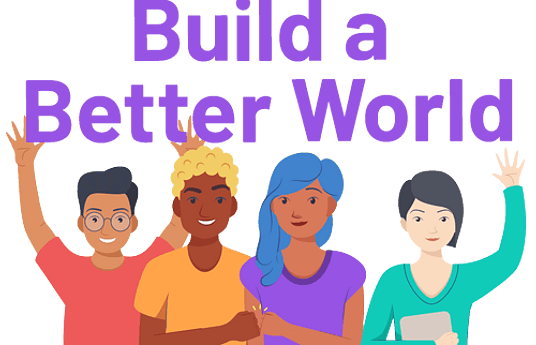Think about a 6 year old leaving her home at 5 in the morning to collect waste on the dumping ground. She comes back home after working for almost 7 hours only to eat leftover food from yesterdays dinner and then leave to roam around city with friends. On the dumping ground she always gets cuts and bruises on her hands and legs, sometime she have to run before a dog could bite her or someone abuse her verbally, physically and sexually.Her friends have consume substances like Tobacco, Alcohol& Weed. She is destine to get marry at 13/14 and give birth to her first child even before she could turn 18.
She is not alone. According to Census 2011, there are 4.5 million child-laborers between the age of 5-14 in India. These children often live or work on the street and earn a livelihood to support their families and in the process become vulnerable to exploitation by others and to a variety of physical and moral dangers. Safe and happy childhood is the birthright of every child, yet there are millions for whom it is a long lost dream.
We create an eco-system of safe and joyful spaces of learning and support for children from vulnerable background.It is achieved through community Learning Centers called as Anandghar (A Home of Happiness). These centers act as a bridge between children, parents, schools and society at large. They provide basic formal & informal education and skills to street children specially child waste pickers and child labors and make them capable of joining main stream schools to cope with the learning process in the school.
-
Nurturing academic skills: To enable children to read and write fluently in Marathi (local language) and acquire basic numerical aptitude thereby increasing their chances of sustaining in main stream schools -
Social Emotional Learning: To provide a safe, secure and child-centric environment to share, connect and reflect their thoughts & emotions. -
Community Engagement: Engaging parents and the communities in the well-being of the children through home visits and parents meet. -
School Enrolment & sustenance: To enroll and sustain children in main stream schools by leaving their profession behind. -
Hygiene & Physical well-being: To inculcate hygienic habits and quit substance abuse.
Impact:
- Through Anandghar we have enrolled 500+ children in the formal schools with sustenance rate of 92%.
-
95% children left consuming substances while younger generation staying miles away from it. - Currently we are working with 300+ children across 3 cities with 5 community learning spaces
- Parents are getting more invested in the well-being of the children which is quite visible through 95% attendance in every parents meet. Community giving open spaces and even contributing to construct for Anandghar.
- In last 3 years through Anandghar Community Collectives; our one year incubation program; we have build capacities of 18 grassroot leaders across 3 states of India who have replicated our model in their geographical context through 21+ community learning spaces impacting 2000+ children from vulnerable background.



